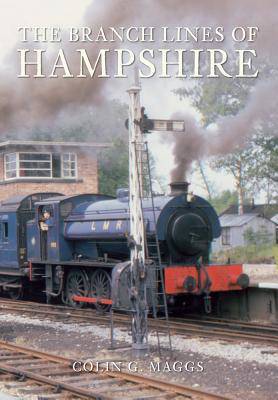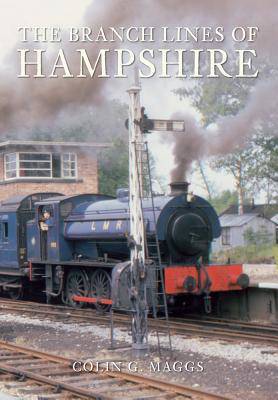
- Afhalen na 1 uur in een winkel met voorraad
- Gratis thuislevering in België vanaf € 30
- Ruim aanbod met 7 miljoen producten
- Afhalen na 1 uur in een winkel met voorraad
- Gratis thuislevering in België vanaf € 30
- Ruim aanbod met 7 miljoen producten
Zoeken
€ 26,95
+ 53 punten
Omschrijving
Although the majority of the branch lines of Hampshire belonged to the London & South Western Railway, they offered the opportunity to see a wide variety of locomotives serving both rural outposts and the major towns. In the west of the county, the railway centred on Bournemouth and Southampton. During the Second World War these two lines rose to become important arteries carrying men and materials to south coast ports. Other branches are interesting for their industrial and freight services; among them Fawley, which served and continues to serve the oil refinery. Some branches in Hampshire were shut down even before the Second World War: Ringwood - Bournemouth closed to all traffic in 1935, while the Hurstbourne - Fullerton line closed to passengers in 1931. Freight lingered on until 1956. Many branches have been lifted, but a few remain open today. A casualty in 1914 was the branch to the Royal Pier, Southampton, which connected with the Isle of Wight ferry, while another route to the Isle of Wight, that via Lymington, was eventually electrified. All the Hampshire branches are described in detail, and the text includes lively anecdotes of the trains and those who served them. The book is illustrated with over 150 black and white photographs, maps and ephemera, which capture the history of the county's railways.
Specificaties
Betrokkenen
- Auteur(s):
- Uitgeverij:
Inhoud
- Aantal bladzijden:
- 160
- Taal:
- Engels
- Reeks:
Eigenschappen
- Productcode (EAN):
- 9781848683433
- Verschijningsdatum:
- 15/07/2010
- Uitvoering:
- Paperback
- Formaat:
- Trade paperback (VS)
- Afmetingen:
- 172 mm x 248 mm
- Gewicht:
- 426 g

Alleen bij Standaard Boekhandel
+ 53 punten op je klantenkaart van Standaard Boekhandel
Beoordelingen
We publiceren alleen reviews die voldoen aan de voorwaarden voor reviews. Bekijk onze voorwaarden voor reviews.








